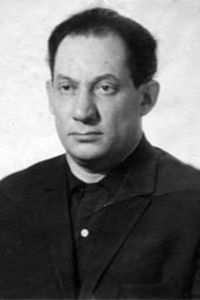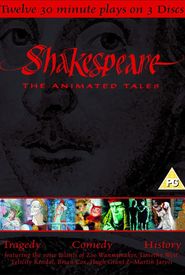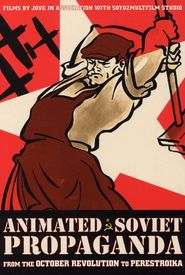Efim Abramovich Gamburg, a celebrated Soviet and Russian film director, has been distinguished with the prestigious title of Honored Artist of the RSFSR, a testament to his outstanding contributions to the cinematic industry, bestowed upon him in the year 1986.
With a rich and storied past, Gamburg has earned a reputation as a seasoned veteran of World War II, having proudly served his country during this tumultuous period.
Gamburg's academic journey was distinguished by his successful completion of the Moscow Pedagogical Institute, where he concentrated his studies in the field of Graphic Arts. This foundation in graphic arts would later serve as a springboard for his illustrious career in animation.
In 1955, Gamburg embarked on his professional path by joining the esteemed Soyuzmultfilm movie studio as an animator. This marked the beginning of a long and fruitful association with the studio, which would ultimately become a significant milestone in his professional trajectory.
Fast forward to 1964, Gamburg made his directorial debut with the magazine Fuse, a cinema journal that had premiered in 1962. This inaugural venture into direction would serve as a testament to his growing prowess as a filmmaker, and would undoubtedly pave the way for future creative endeavors.
Throughout the entirety of his remarkable and storied career in the realm of filmmaking, Gamburg has had the privilege of directing a vast array of cinematic productions, each one showcasing his remarkable versatility and creativity as a storyteller.
Among his most beloved and enduring works is the animated musical cartoon Blue Puppy, a film that brings to life the whimsical and imaginative world of Gyula Urbán's timeless tale, transporting audiences of all ages to a realm of wonder and enchantment.
In addition to Blue Puppy, Gamburg has also delighted audiences with his charming cartoon Pup in Boots, a film that pays homage to the classic swashbuckling adventures of Alexandre Dumas' iconic characters in "The Three Musketeers", while also introducing a new generation of viewers to the magic of traditional "classic" hand-drawn animation techniques.
Furthermore, Gamburg's groundbreaking achievement in 1982, when he produced the first animated film in the USSR to utilize computer graphics, titled Paradoksy v stile rok, marked a significant milestone in the evolution of animation technology and cemented his status as a true pioneer in the field of animation.
In the year 1990, a pivotal moment in the life of Gamburg unfolded as he embarked on a new entrepreneurial venture, establishing and spearheading the studio "Hamburg Account", a pioneering endeavour that would ultimately leave an indelible mark on the realm of animation.
As the years progressed, this nascent studio would undergo a transformation, shedding its original moniker to adopt a new identity, "Renaissance", in the year 1991. This metamorphosis would not only signal a new chapter in the studio's evolution but also cement Gamburg's status as a visionary and trailblazer in the world of animation, his legacy forever intertwined with the dawn of this innovative era.


















